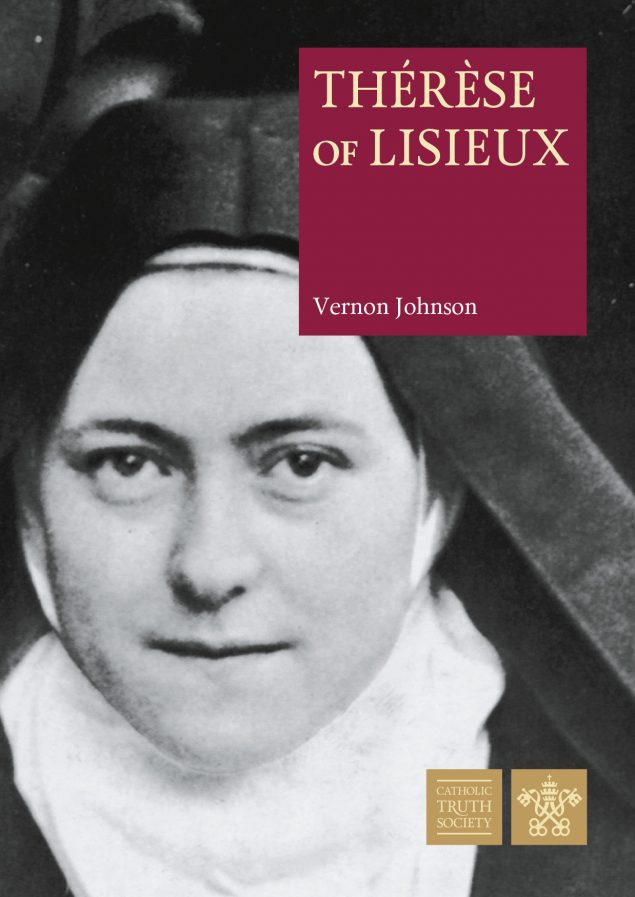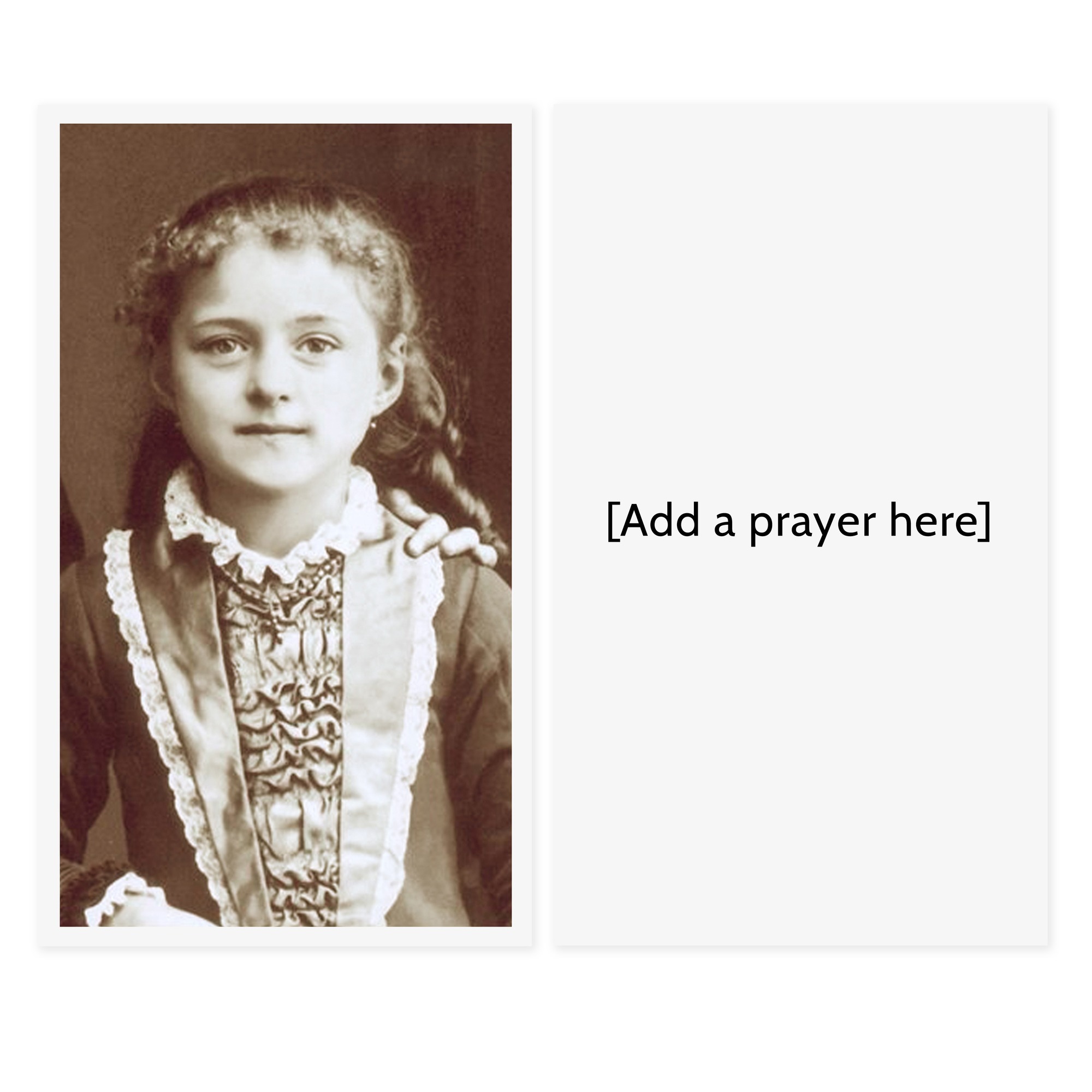

TAYLOR: PRIEST OF THE ARCHDIOCESE OF GLASGOW: WITNESS BEFORE THE TRIBUNAL OF THE BEATIFICATION SOEUR THÉRÈSE OF LISIEUX, THE LITTLE FLOWER OF JESUSĪ NEW AND COMPLETE TRANSLATION OF L'HISTOIRE D'UNE ÂME, WITH AN ACCOUNT OF SOME FAVOURS ATTRIBUTED TO THE INTERCESSION OF SOEUR THÉRÈSEĮDITED BY T. With additional writings and sayings of St. Thérèse of LisieuxĮntitled by herself: "The Story of the Springtime of a Little White Flower" We are deeply grateful to the publishers for bringing them to us.The Story of a Soul (L'Histoire d'Une Âme): The Autobiography of St. This new translation, the books by Abbe Combes, and the Story of a Family by Piat, are invaluable to those who have chosen Therese as their spiritual guide. With my constant reading about and thinking about Therese these last ten years, I owe a debt of thanks to Abbe Combes whose writings also published by Kenedy, are full of the exact translation from Therese’s own note books which Carmel made available to him.


He does not hesitate to accuse Pauline of lying, in and out of the confessional, and there is an implied criticism of Msgr. Robot has himself written a book which is full of spleen, so venomous is his criticism. Robot who reviewed in 3 articles the new translation in the London Catholic Herald.

On the other hand the passage about Mother Marie de Gonzague’s harshness to Therese at the beginning of her life in Carmel do not appear in the French notebooks according to Fr. These lines are not in the Knox translation. In Pauline’s version, nails in the wall (and what were nails doing in the wall of a model home?) appeared as gnarled fingers and her father’s hat as a monster on his knee. Did Pauline write in these passages? There is one where Therese’s nervous illness is described. There are passages in the Taylor translation (from Pauline’s version) that do not appear in the Knox translation. Perhaps the translation does not answer all my questions. I am not going to compare Therese to Nietche, Dostoievsky, St. Thomas and St. Augustine as some modern intellectuals are doing. I myself am delighted with the fresh, joyful spontaneity of style, the spirit of the book which flowing, animated, humorous, profound. We must be content, if any devotee of this most attractive of modern saints can ever be satisfied, with Monsignor Knox’s translation, his last work of love before his death last year. We will not really know the Saint until she reveals herself to us. Vernon Johnson in the introduction, the erasor had been used so liberally, there had been so much rewriting done by Therese herself, by Pauline (Mother Agnes) by the saint’s own permission, that even all the means used by science to restore the original were in vain. Here at last is the translation from the original note book of St. Therese sixty years after her death, and even now according to Msgr. THERESE OF LISTEUX, translated by Monsignor Ronald Knox.


 0 kommentar(er)
0 kommentar(er)
